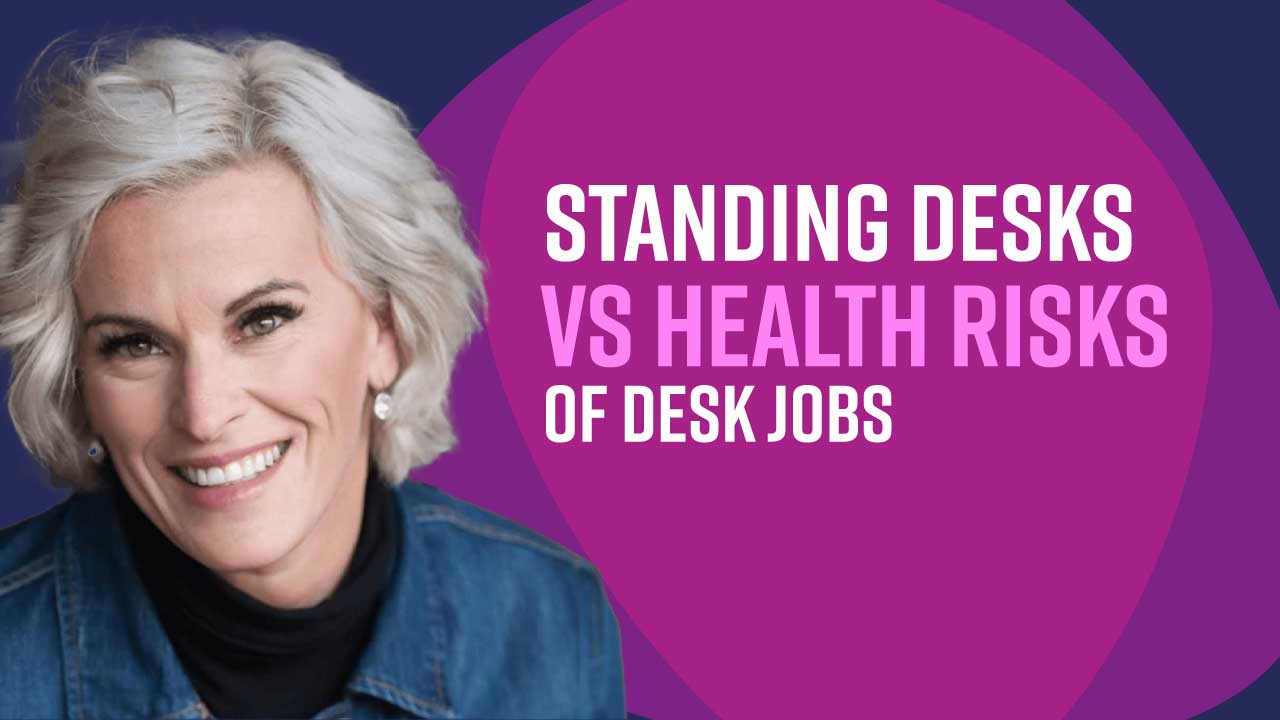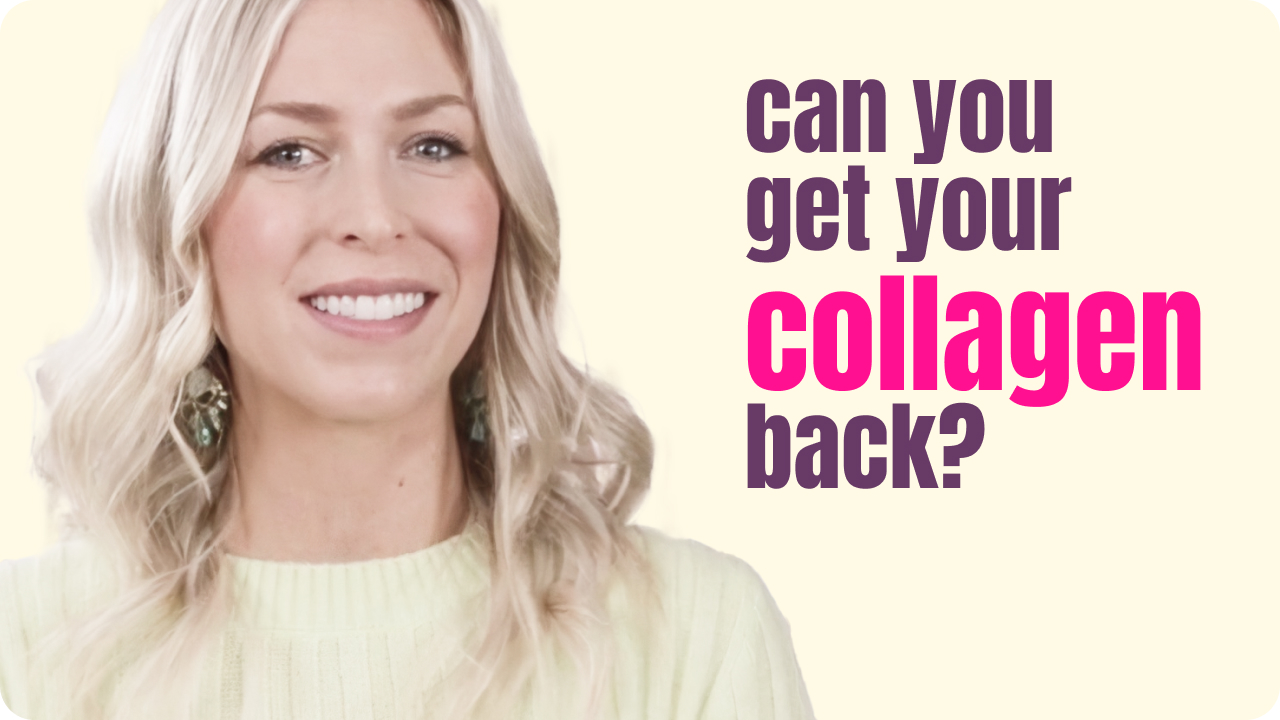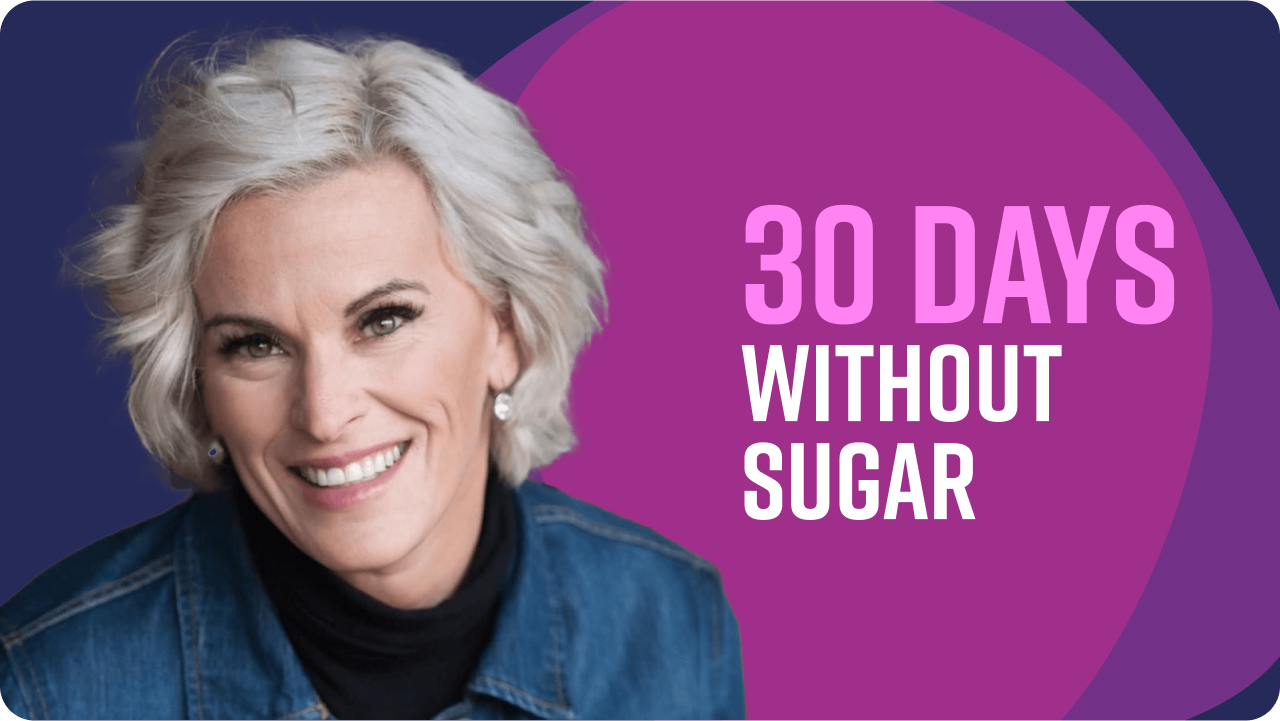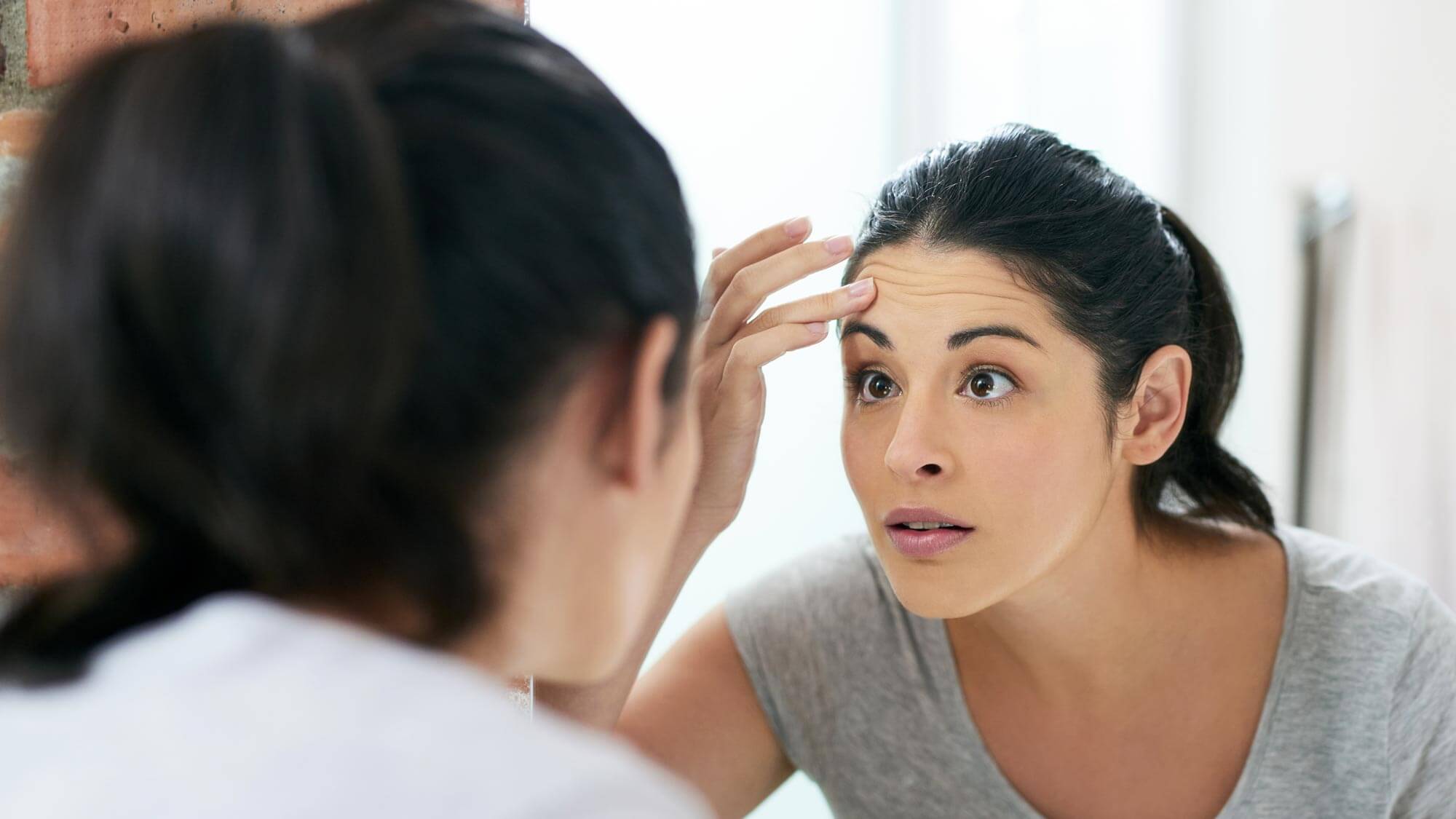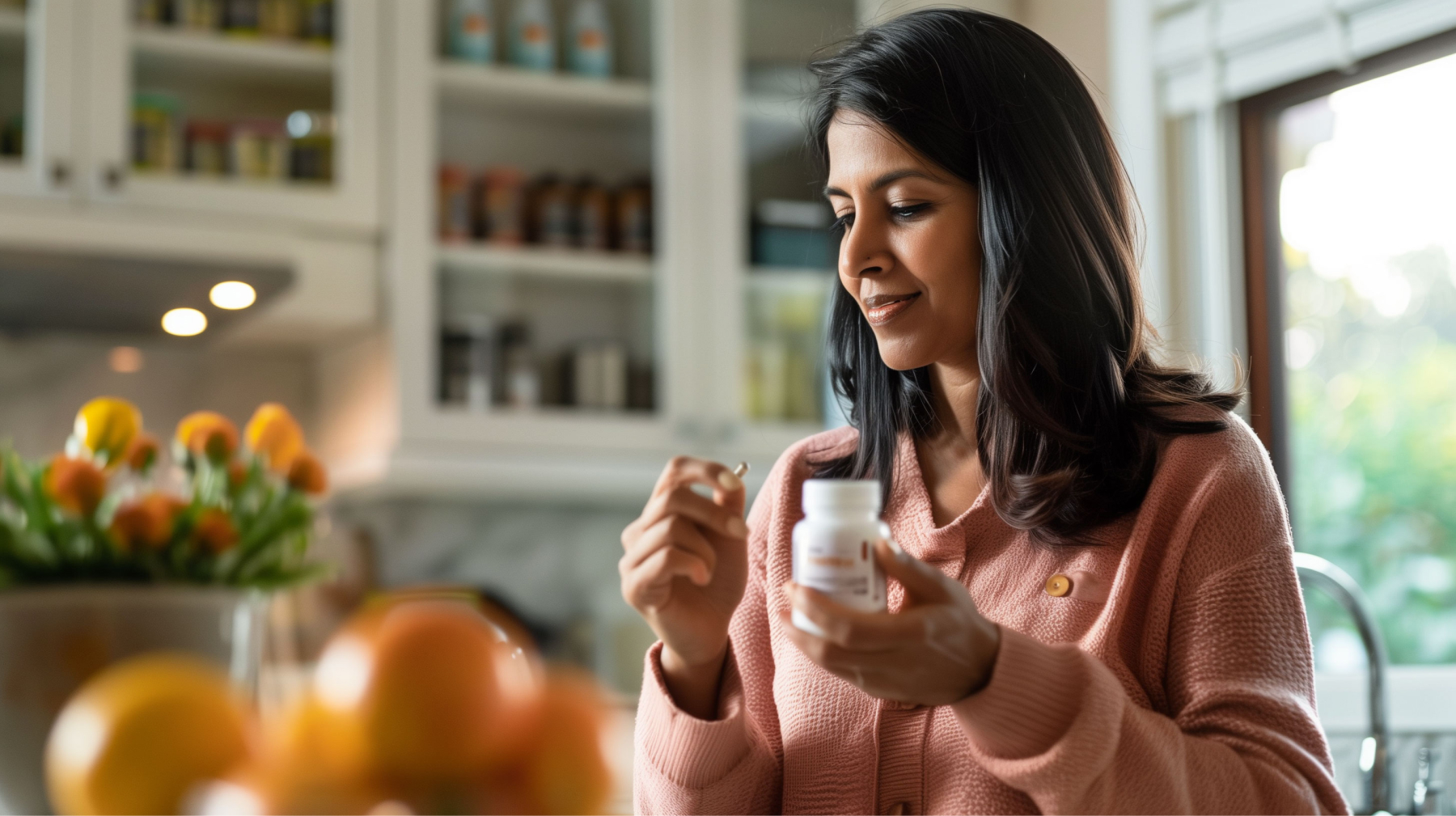Acne is a common skin condition that affects many people, particularly during adolescence, but it can persist into adulthood. It occurs when hair follicles become clogged with oil and dead skin cells, leading to the formation of pimples, blackheads, whiteheads, and sometimes cysts or nodules. Here’s a detailed explanation of acne, its causes, types, and treatments:
What is Acne?
Acne is a chronic, inflammatory skin condition that causes spots and pimples, especially on the face, shoulders, back, neck, chest, and upper arms. It is most common among teenagers, though it affects people of all ages.
Causes of Acne
Several factors contribute to the development of acne:
- Excess Oil Production: The sebaceous glands produce sebum, an oily substance that lubricates the skin. Overproduction of sebum can clog pores, leading to acne.
- Clogged Hair Follicles: Dead skin cells can accumulate in hair follicles, mixing with sebum and forming a plug that can become infected with bacteria.
- Bacteria: The bacterium Propionibacterium acnes (P. acnes) can grow in the clogged follicles, leading to inflammation and pimples.
- Hormones: Androgens are hormones that increase during puberty and cause the sebaceous glands to enlarge and produce more sebum. Hormonal changes related to pregnancy and the use of oral contraceptives can also affect sebum production.
- Diet: Some studies suggest that certain dietary factors, including dairy products and carbohydrate-rich foods, may trigger acne.
- Stress: Stress can increase the production of hormones that stimulate the sebaceous glands, leading to more acne.
Types of Acne
Acne can manifest in various forms, including:
- Whiteheads: Closed plugged pores.
- Blackheads: Open plugged pores that turn black due to oxidation.
- Papules: Small red, tender bumps.
- Pustules: Pimples with pus at their tips.
- Nodules: Large, solid, painful lumps beneath the surface of the skin.
- Cystic Lesions: Painful, pus-filled lumps beneath the surface of the skin.
Risk Factors
Several factors can increase the risk of developing acne:
- Age: Teenagers are more likely to develop acne due to hormonal changes.
- Hormonal Changes: Such as those related to puberty, pregnancy, and the menstrual cycle.
- Family History: Genetics can play a role in acne development.
- Greasy or Oily Substances: Contact with oily substances can cause acne.
- Friction or Pressure on the Skin: From items like telephones, helmets, tight collars, and backpacks.
Symptoms
The symptoms of acne vary depending on the severity of the condition:
- Mild Acne: Whiteheads and blackheads.
- Moderate Acne: Red, inflamed pimples (papules) and pustules.
- Severe Acne: Nodules and cysts, which can be painful and cause scarring.
Diagnosis
A dermatologist can diagnose acne by examining the skin. They may also ask about family history, diet, and lifestyle to determine the underlying causes.
Treatment
The treatment of acne depends on its severity and can include:
- Topical Treatments: These are applied directly to the skin and include:
- Retinoids: Help prevent plugging of hair follicles.
- Antibiotics: Reduce bacteria and inflammation.
- Salicylic Acid and Azelaic Acid: Help prevent plugged follicles.
- Benzoyl Peroxide: Kills bacteria and reduces oil production.
- Oral Medications: These are used for more severe cases and include:
- Antibiotics: Reduce bacteria and fight inflammation.
- Oral Contraceptives: Can help regulate hormones.
- Anti-Androgen Agents: Reduce the effects of androgens on the sebaceous glands.
- Isotretinoin: A powerful drug used for severe acne that doesn’t respond to other treatments.
- Other Therapies:
- Laser and Light Therapy: Reduce bacteria and inflammation.
- Chemical Peels: Remove dead skin cells and reduce acne.
- Drainage and Extraction: Remove large cysts.
Prevention
While it may not be possible to completely prevent acne, certain practices can help reduce its severity and frequency:
- Wash Your Face Twice Daily: Use a gentle cleanser to remove excess oil and dirt.
- Avoid Harsh Scrubbing: This can irritate the skin and worsen acne.
- Use Non-Comedogenic Products: These products are less likely to clog pores.
- Avoid Touching Your Face: This can transfer oils and bacteria to the skin.
- Shower After Sweating: Sweat can trap dirt and bacteria in the pores.
- Maintain a Healthy Diet: Some studies suggest that a diet high in fruits, vegetables, and whole grains may help reduce acne.
Myths and Misconceptions
There are many myths about what causes acne. Here are a few common misconceptions:
- Poor Hygiene: Acne is not caused by dirty skin. In fact, washing the skin too frequently or vigorously can irritate it and make acne worse.
- Diet: While certain foods may trigger acne in some people, there is no definitive evidence that greasy or sugary foods cause acne.
- Stress: While stress can exacerbate acne, it is not a direct cause.
- Sun Exposure: Some people believe that sun exposure can help clear acne, but it can actually worsen the condition and lead to skin damage.
Emotional and Psychological Impact
Acne can have a significant emotional and psychological impact, particularly on teenagers. It can lead to:
- Low Self-Esteem: Visible acne can affect self-confidence and self-image.
- Depression and Anxiety: The emotional distress caused by acne can lead to mental health issues.
- Social Withdrawal: Some individuals may avoid social situations due to embarrassment about their skin.
When to See a Doctor
If over-the-counter treatments do not clear up acne, or if it is severe and causing emotional distress, it is important to see a dermatologist. They can provide stronger medications and therapies to help manage the condition.
Conclusion
Acne is a common but complex skin condition with various causes and manifestations. While it can be challenging to manage, there are many effective treatments available. Understanding the underlying factors and seeking appropriate medical advice can help individuals achieve clearer skin and improve their quality of life.



